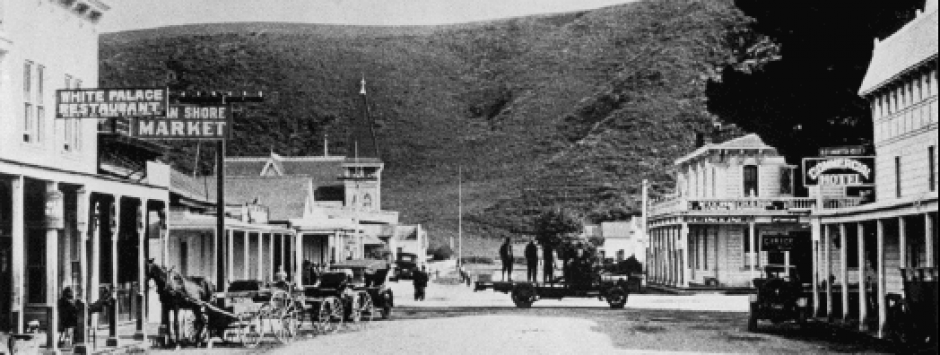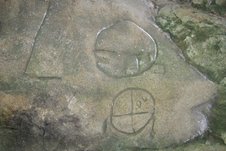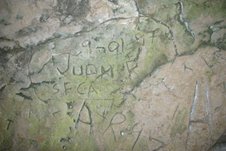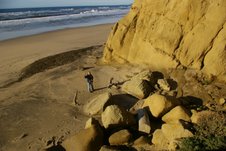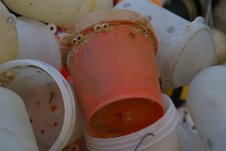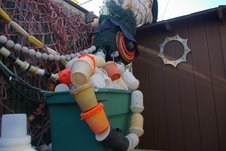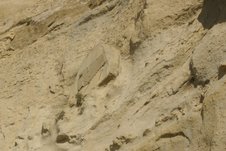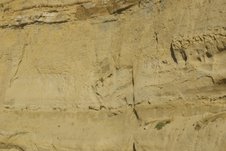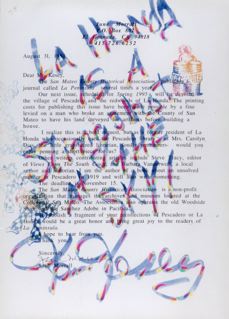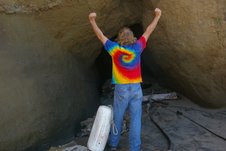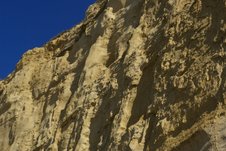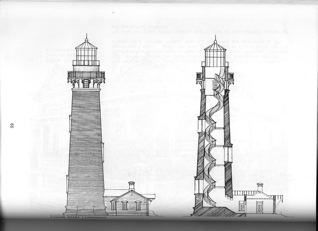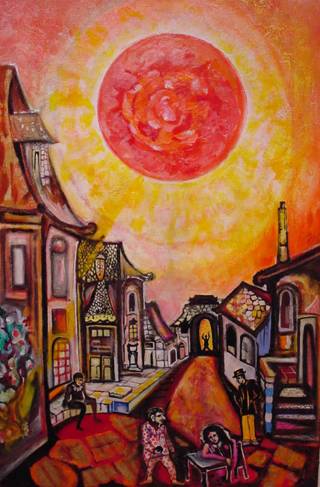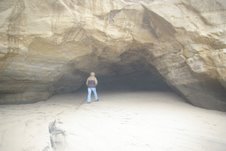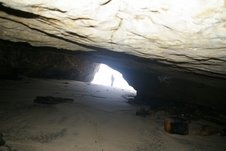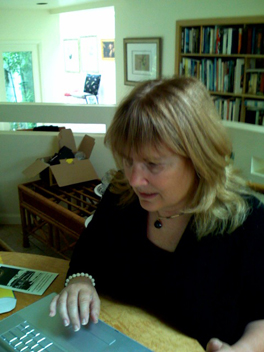Story by John Vonderlin (email John: [email protected])
Please read Parts 1-4 below
Hi June,
Driving a few miles north from Pomponio Beach and the Merry Prankster’s tsunami tunnel, we arrive at San Gregorio Beach, and its California Landmark 26 plaque, commemorating Portola’s expedition’s three days of rest here.
Our stay in “The Valley of Curses,” as it is called Miguel Costanso’s diary, the Engineer for Portola’s expedition, will hopefully be more pleasant than theirs was. Before I start this entry in the Quest’s story, here are a few excerpts from almost 250 years ago, telling about Portola’s visit to this place.
“October 24
The village stood within a valley surrounded by high hills, and the ocean could be seen through an entrance to the west-northwest. There was in the valley a stream of running water, and the land, though burned in the vicinity of the village, was not without pasture on the hillsides.
“October 25
Many of the pack-mules were exhausted by the preceding day’s march, and they were given a rest to-day that they might recover their strength. The scouts were sent out to examine the country with guides from among these Indians. They returned in the evening without any news of importance; they had gone about four leagues to the north-northwest along the coast.
“October 26
As the captain of the company of the Californias, Don Fernando de Rivera y Moncada, was ill of the common sickness — the scurvy — and, because of a diarrhea which attacked many of us, we were forced to delay the march.
“October 27
“We left the valley, which the soldiers called “Valle de los Cursos,” heading north.”
But, we leave the valley heading south along the beach for reasons having nothing to do with the “Curses, soiled again,” aspect of Portola’s expedition. Rather our goal, the “Grafitti Grotto,” lies in this direction. If you follow, you may have to ford the wandering San Gregorio Creek, and if the rainy season has broken open the lagoon, but at least no wave dodging is required in this direction. Rather, in this stretch, the cliffs run unusually straight for more then a mile with a nice buildup of sand at their foot, only inundated by the highest of tides or the strongest of storms.
Twenty minutes later we’re at our destination, a small cave at the base of the cliff where it juts out in a small promontory. Seconds later the truth is obvious. The initials just inside the mouth of the cave are not Z.E.K. They are Z.C.K., Zane Kesey’s. The scratch I had assumed was the middle bar in the “E” isn’t. It’s not connected as the other lines in the initials are, nor is it as deep. I photograph it while I’m thinking the kid in the man is going to love to relive this time when I send him this photo. While Dad was holding court, the little prince was exploring his kingdom.
Entering the small space we see his initials are not alone. There are etchings everywhere. There are young love’s plus-signed pairings. There are peace signs and valentines and other less familiar symbols. And perhaps most importantly, there are dates. I see a ‘97 there, here a ‘90, and even an ‘86.
